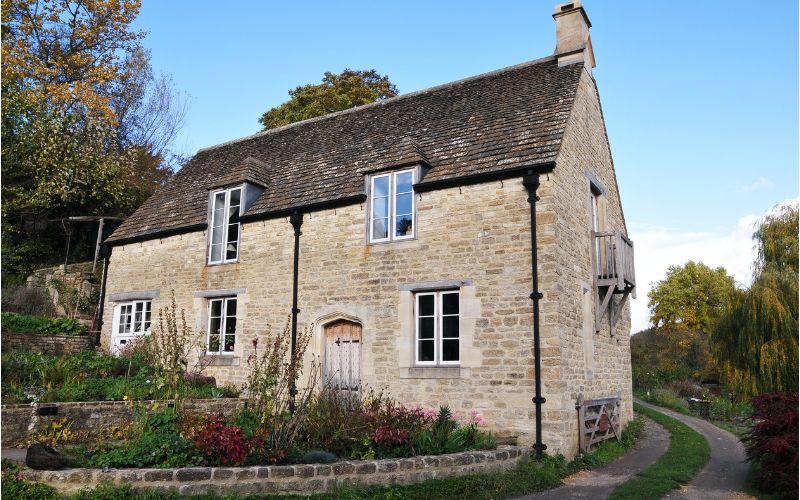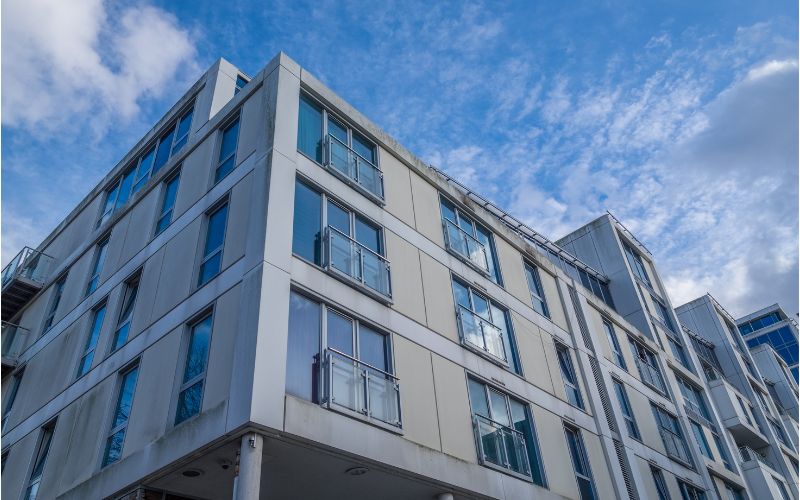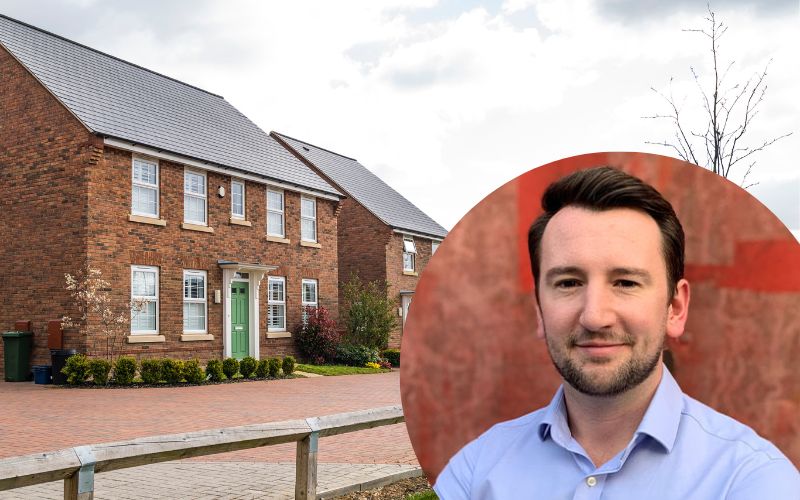Research has proven that on average, four people living in a property can create 16 pints of moisture a day, and 50% of worldwide illnesses is aggravated or caused by condensation that leads to the build-up of mould. The spores from that mould can affect breathing.
And, with 1 in 5 properties suffering from condensation, it’s an issue that many property owners face and of course, an issue that should be addressed.
If condensation is an issue in your property, you have certainly landed in the right place. We’ve created a helpful guide outlining everything that you need to know about condensation and how you can address it.
What causes condensation?
Condensation forms in a wide range of different environments when water vapour in the air turns into liquid water. For example, condensation can form when water vapour from a hot shower cools when it meets the surface of a cool mirror, window or other surface. This causes the water vapour in the air to condense and turn into liquid which can also cause fog to appear on the cold surface.
Where does it occur?
Condensation occurs in the home on a daily basis and is triggered by a whole host of everyday tasks including washing, cooking, bathing, showering and ironing and of course, breathing. And as buildings are now built to high quality, with double glazing, draught proving and cavity wall insulations, it’s difficult for the hot, damp water to escape.
This means black mould growth, dampness and musty smells caused by condensation are more common in modern homes than they were in older buildings that had open chimneys and draughty windows.
When damage occurs due to a build-up of condensation, you may start to notice the following signs that condensation is an issue in your property:
- Damp areas can appear on walls, behind furniture and in corners
- Peeling wallpaper
- Water streams on windows and walls
- Blackened window frames
- Mould growth
- Soft furnishings become prone to mould
Why does it occur?
Condensation occurs in one of two ways. For example, if the air is cooled to its dew point, which is the temperature in which condensation occurs, or the air becomes so saturated with water vapour that it cannot hold any more water. In this case, you will notice that beads of water accumulate on cold surfaces. And, when warm air hits any cold surface, it will reach its dew point, causing condensation.
How to prevent condensation
The good news is that there are lots of ways that you can reduce or even prevent condensation causing issues in properties of all shapes and sizes including:
- Keeping the inside temperature constant for as much time as possible
- Ensure tumble dryers are properly ventilated
- Avoid placing furniture next to external walls
- Invest in extractor fans in kitchens and bathrooms, and leave them to operate as their guidance notes direct
- Avoid drying clothes indoors as much as possible and ventilate the room well when you do
- Improve the property’s ventilation
How to remedy it
Condensation is one of the easiest causes of damp to fix and this can often be done without it costing the earth or the need for professional help! However, there are a number of long term solutions that you can use to prevent condensation from causing major issues.
And one of the best ways to fix condensation issues is to invest in improving the ventilation inside a property including building air bricks, installing air vents through external walls and sealing chimneys to allow airflow through the rest of the house. You can also add window vents to the top of window frames.
Oh, and remember, the bathroom and kitchen are responsible for most of the moisture in any property, so an extractor fan should be a top priority when it comes to reducing the amount of moisture in a space.
NEXT STEPS
As a property owner, you may wish to consider a planned preventative maintenance (ppm) strategy. These can prolong the lifespan of your property assets, improve property efficiency and reduce the risk of unexpected costs. Find out more about our ppm services here.
Disclaimer: Please note this article is for guidance purposes only and does not constitute legal advice.




